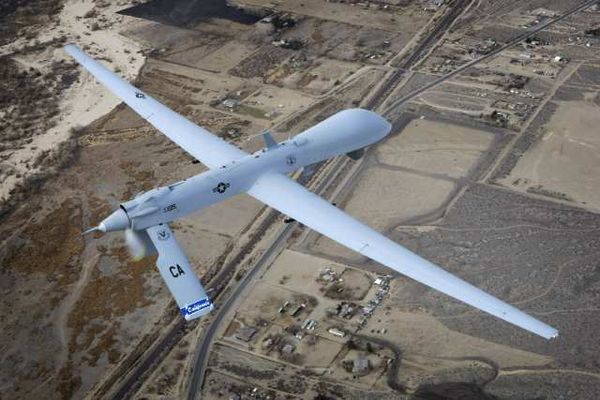Concerns last week that combat drone aircraft were compromised by a computer virus were dismissed by the U.S. Air Force.
In a rare disclosure, the Air Force revealed that computer systems involved in its ongoing drone program were infected with a virus, but it did not hinder flight operations in any way.
"It's standard policy not to discuss the operational status of our forces," Col. Kathleen Cook, spokesperson for Air Force Space Command, said in a statement. "However, we felt it important to declassify portions of the information associated with this event to ensure the public understands that the detected and quarantined virus posed no threat to our operational mission and that control of our remotely piloted aircraft was never in question."
The disclosure aims to clarify numerous media reports that appeared last week, which stated that computers at Creech Air Force Base in Nevada -- where pilots remotely fly Predator and Reaper drones above the war zone -- were stricken with a virus that was logging pilots' every keystroke as they carried out their missions.
The Air Force shot down those claims, saying the virus “In question is a credential stealer, not a keylogger, found routinely on computer networks and is considered more of a nuisance than an operational threat. It is not designed to transmit data or video, nor is it designed to corrupt data, files or programs on the infected computer.”
The Air Force discovered last month that the virus infected a ground system that runs backup power supplies, environmental controls and work stations. Those systems are separate from the flight control system that pilots use to fly the aircraft remotely, the Air Force said.
But military officials did not address another aspect of last week’s reports, which said that the virus has remained on Creech's computer system despite multiple efforts to remove it.
Instead, Cook said the Air Force continues to strengthen cyber defenses, "using the latest anti-virus software and other methods to protect Air Force resources and assure our ability to execute Air Force missions. Continued education and training of all users will also help reduce the threat of malware to Department of Defense systems."
SOURCE | LINK | LANGUAGE | ENGLISH |
